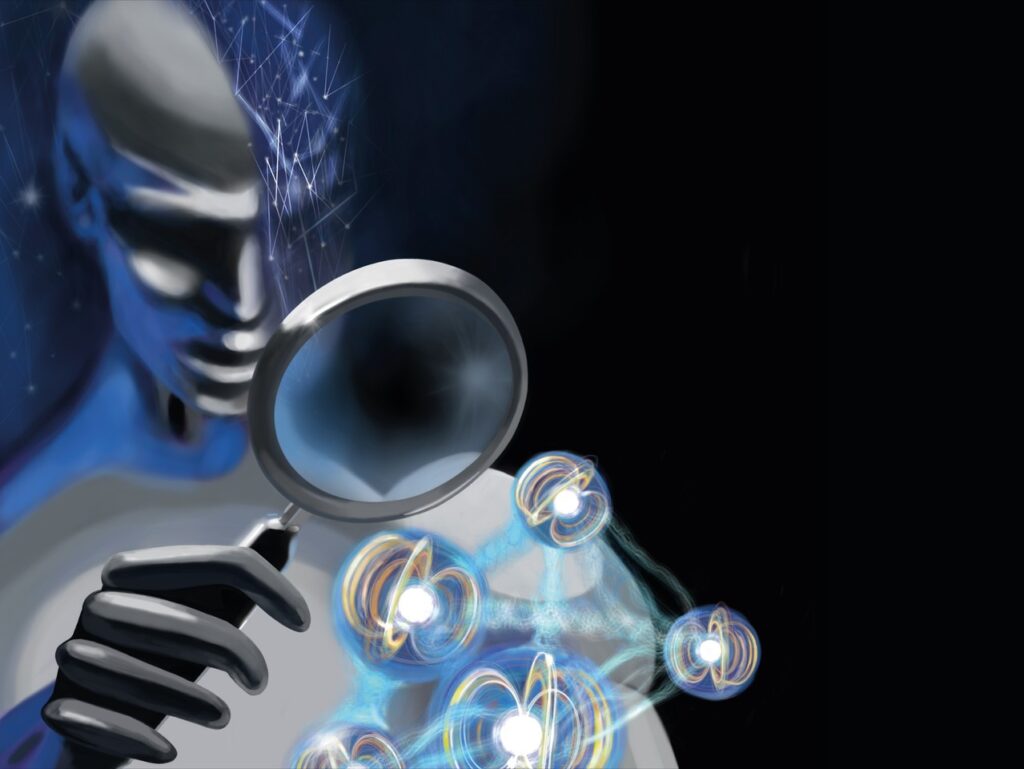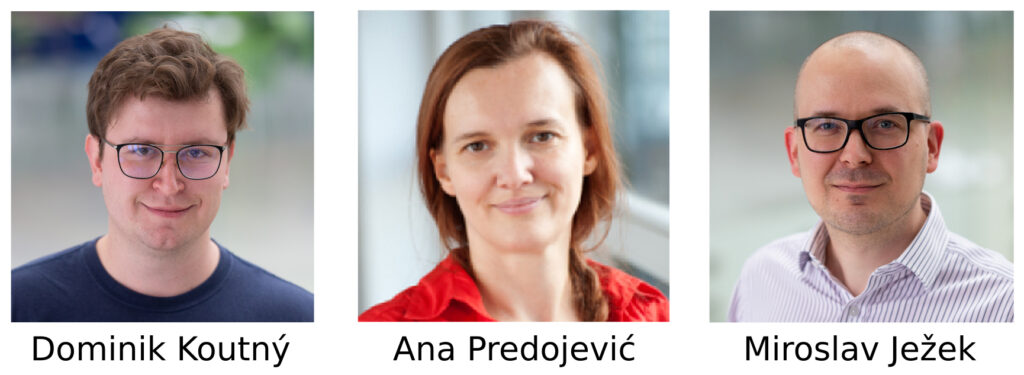We are thrilled to share our research on the quantification of quantum entanglement using artificial neural networks. Our approach allows us to accurately measure entanglement without requiring complete knowledge of the quantum state. By leveraging neural networks, we achieve a quantification error up to an order of magnitude lower than current state-of-the-art methods. Our measurement-specific and measurement-independent deep learning models outperform traditional techniques, offering higher accuracy, faster computation, and improved versatility. This breakthrough has significant implications for fundamental research, entanglement certification, and the development of quantum technologies. The results were published in the latest issue of Science Advances.
Quantifying and understanding the intricate phenomenon of entanglement in quantum systems is crucial for both fundamental research and cutting-edge applications. We have recently made a groundbreaking discovery in this field, which we would like to share with you. In our research paper titled Deep learning of quantum entanglement from incomplete measurements, we present a revolutionary approach that utilizes artificial neural networks (ANNs) to quantify entanglement, even when only partial information is available.
Through our work, we demonstrate that by harnessing the power of neural networks, we can accurately determine the degree of entanglement without requiring complete knowledge of the quantum state. This eliminates the need for demanding experimental techniques, such as full quantum state tomography or collective measurements. Instead, our ANN-based method utilizes an incomplete set of local measurements to directly quantify the quantum correlations.
One of the most remarkable aspects of our approach is that, despite working with undersampled measurements, we achieve a quantification error up to an order of magnitude lower than the current state-of-the-art quantum tomography methods. What’s more, we exclusively train our neural networks using simulated data, allowing them to learn and generalize from this information to accurately quantify entanglement in real-world scenarios.
In our research, we also introduce a novel convolutional neural network architecture that enables measurement-independent quantification of entanglement. Unlike previous methods that required retraining for each set of projective measurements, our measurement-independent network can accept various measurement scenarios and perform independently of the measurement device. This versatility simplifies the certification and benchmarking of entanglement sources.
To demonstrate the feasibility and robustness of our approach, we conducted experiments involving a nonlinear parametric process and a semiconductor quantum dot. These experiments showcased the accuracy and speed of our DNN-based methods, establishing their superiority over standard tomography-based techniques. Additionally, our work opens avenues for the adaptive selection of a minimal set of projectors to accurately infer entanglement.
In summary, we are excited to showcase the power of deep learning and neural networks in quantifying quantum entanglement. Our research has surpassed traditional techniques, such as state tomography, in accurately measuring entanglement and quantum correlations. Our measurement-specific and measurement-independent ANN-based approaches offer higher accuracy, faster computation, and improved versatility. These advancements hold great promise for various fields, including fundamental research, entanglement certification, and the development of novel quantum technologies.

Cover image credit: Monika Tomanová, monikatomanova.art



